Skeleton Coast safari: a life-affirming desert adventure in Namibia
Find your life force in the Namib desert, where wildlife of all shapes and sizes thrive against the odds
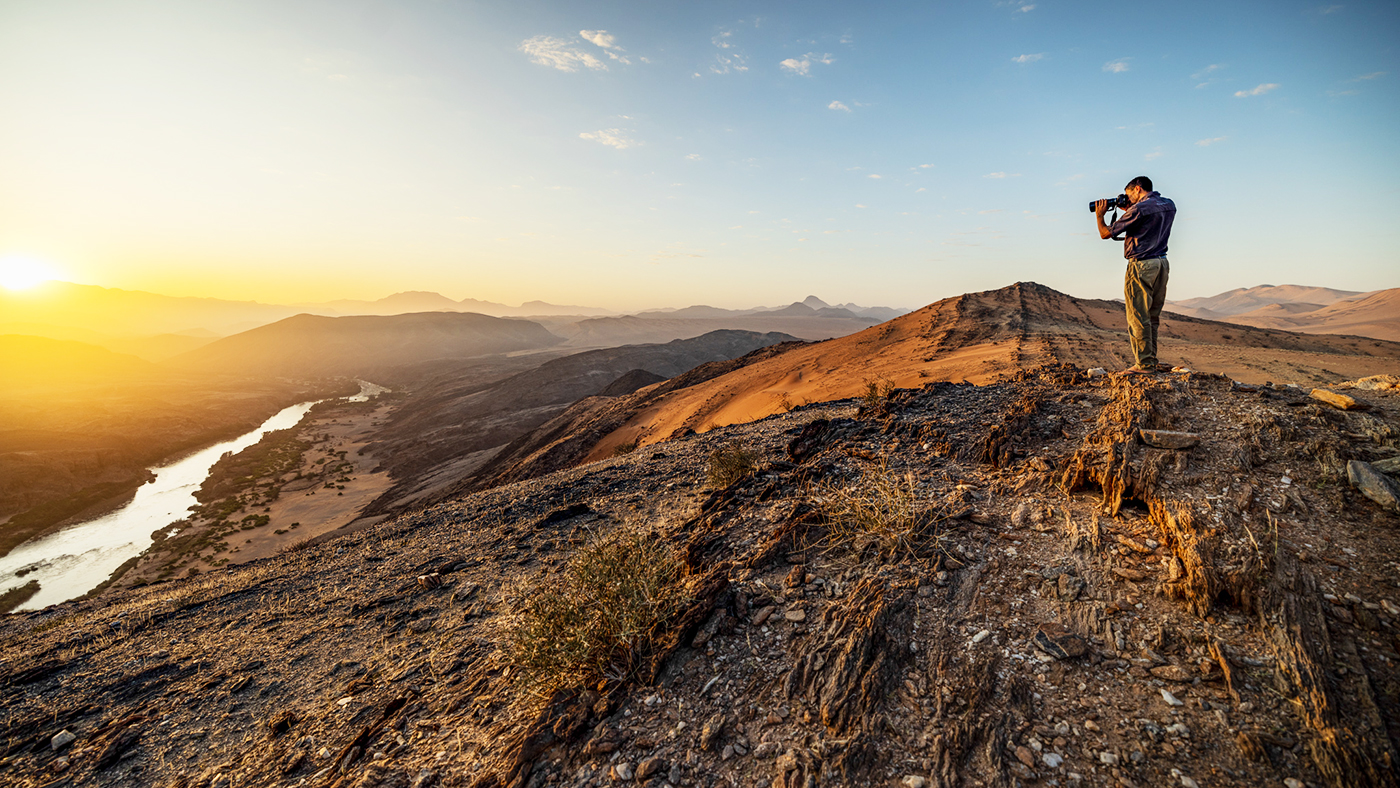
With its own private entrance to the neighbouring national park, Wilderness Safaris’ Little Kulala is perfectly situated for the giant dunes and miraculous watering holes of Sossusvlei, one of Namibia’s most alluring attractions.
After a recent refurbishment, Little Kulala has a modern, understated elegance. Timber and thatch are the dominant materials, but your attention is likely to be directed outwards rather than in: the lodge enjoys a truly spectacular setting of mountains, plains and rippling sand.
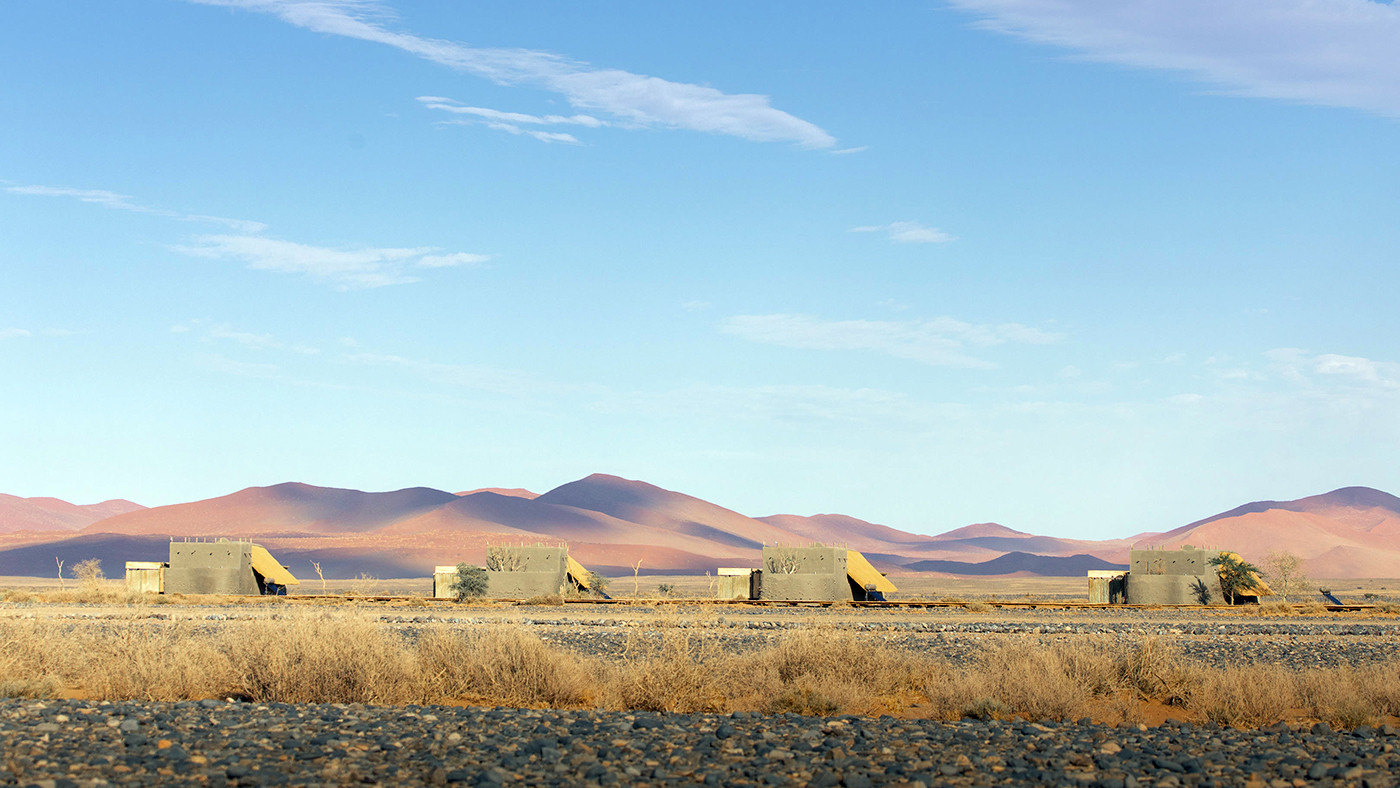
Skeleton Coast adventure: the five-star desert safari in full
The Week
Escape your echo chamber. Get the facts behind the news, plus analysis from multiple perspectives.

Sign up for The Week's Free Newsletters
From our morning news briefing to a weekly Good News Newsletter, get the best of The Week delivered directly to your inbox.
From our morning news briefing to a weekly Good News Newsletter, get the best of The Week delivered directly to your inbox.
Where is it?
Deep in the Namib Desert, in western Namibia, Little Kulala sits in the 65,000-acre Kulala Wilderness Reserve. The camp itself is ten miles south of Sesreim and about a five-hour drive (in part along gravel roads) from the capital, Windhoek. Many guests choose to fly in by light aircraft, which takes about an hour from Windhoek’s international airport.
The landscape
The Namib is a landscape of superlatives: the sky is cast, the land is empty and the sand, rock and mountains seem endless. Most of its beauty is of the stark and imposing kind, but there are softer landscapes too, with rolling hills and grassy plains. If you’re lucky enough to arrive after rainfall – most likely in March and April, but some years remain dry – you will be treated to the rare sight of a desert in bloom. Dormant grasses and shrubs spring into life, carpeting the plains in yellow flowers.
The rest of the year is hardly less spectacular. The grass soon dries out, shimmering gold against the deep red sand of the dunes, which rise to a height of 1,250 feet. Particularly impressive in the morning and evening, they glow in the slanting sunlight.
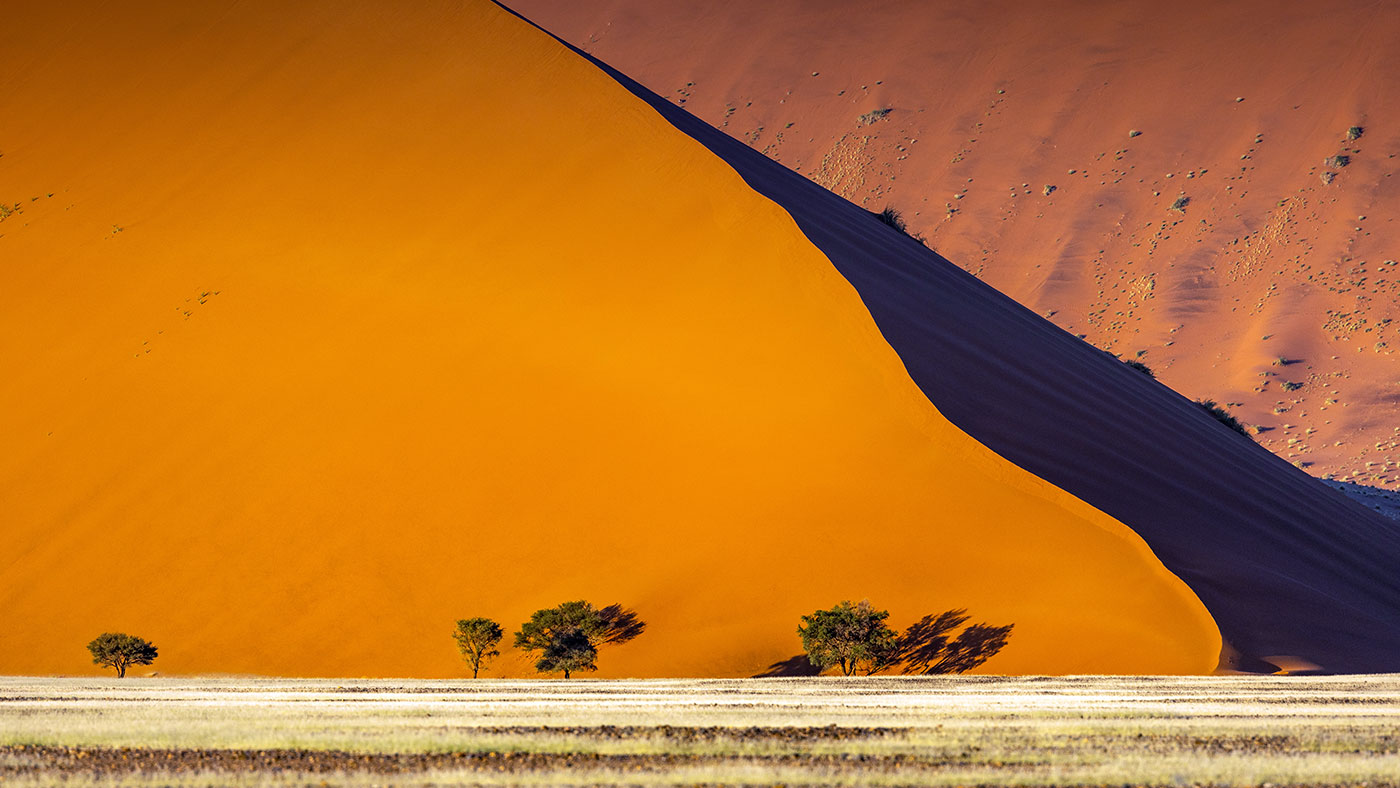
Activities and game drives
While it may not be the lodge for ticking off the big five, Little Kulala is surrounded by intriguing and unusual wildlife – and the Wilderness Safari guides take great delight in showing it off. The bigger game you’re all but certain to see include oryx, zebra and ostriches. Less frequently, you may also spot a brown hyena, jackal, aardwolf or bat-eared fox. But the little creatures – and the role they play in this unique ecosystem – are just as interesting. Walking safaris are a great way to get to know the insects and birds that help support life in the desert.
A free daily email with the biggest news stories of the day – and the best features from TheWeek.com
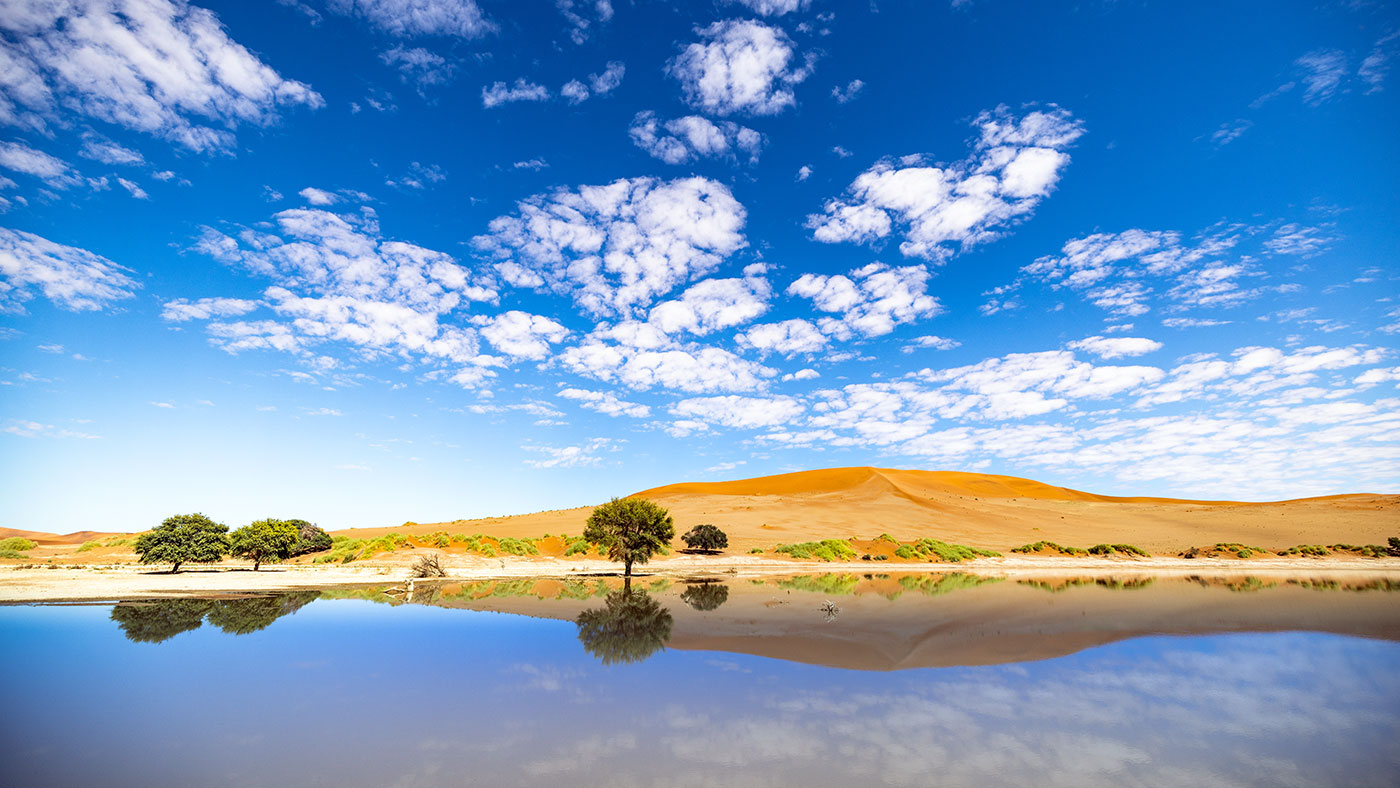
The principal attraction, however, are Sossusvlei (above) and Deadvlei (below and bottom), two clay pans in the towering dunes. An early morning visit, making use of the lodge’s exclusive entrance to the national park, is likely to be a highlight of your trip. Few other places offer such a stark contrast as the verdant oasis of Sossusvlei, a rich source of water in the desert, and Deadvlei, once similar but now a parched shadow of its former self.
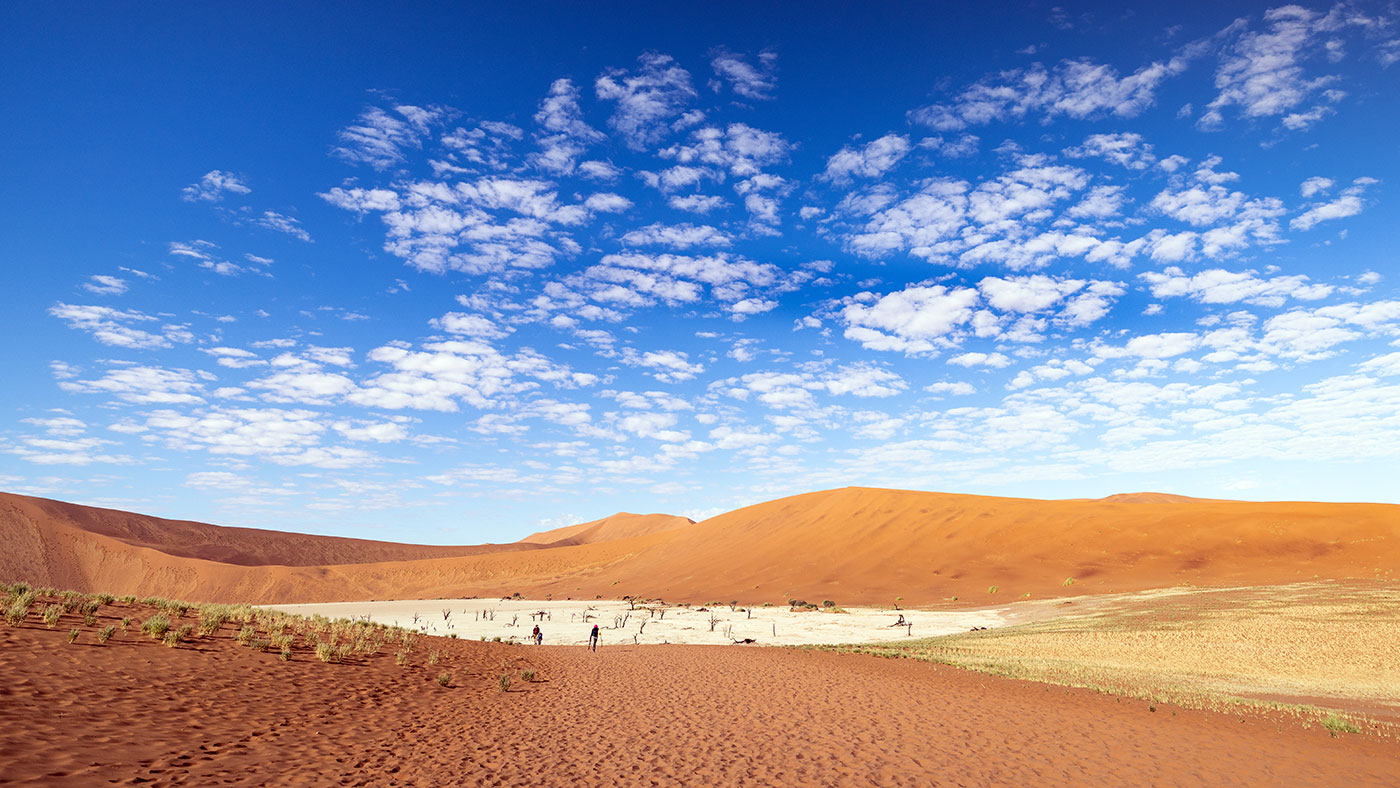
Other activities include an excursion to Sesreim Canyon, a short 4x4 drive away, or quad-biking tours of the desert – a truly exhilarating way to appreciate the scale of the landscape. Alternatively, and more peacefully, you can explore on electric bikes with sand-friendly fat tyres, or (for an extra charge) watch the sun rise from a hot air balloon before a lavish champagne breakfast.
Accommodation and food
Little Kulala consists of 11 spacious cabins, each with a wide, wraparound sundeck, a private plunge pool, indoor and outdoor showers, a rooftop terrace and an outdoor bed for stargazing. All cabins are equipped with air conditioning, which, like everything else in the camp, runs on solar power.
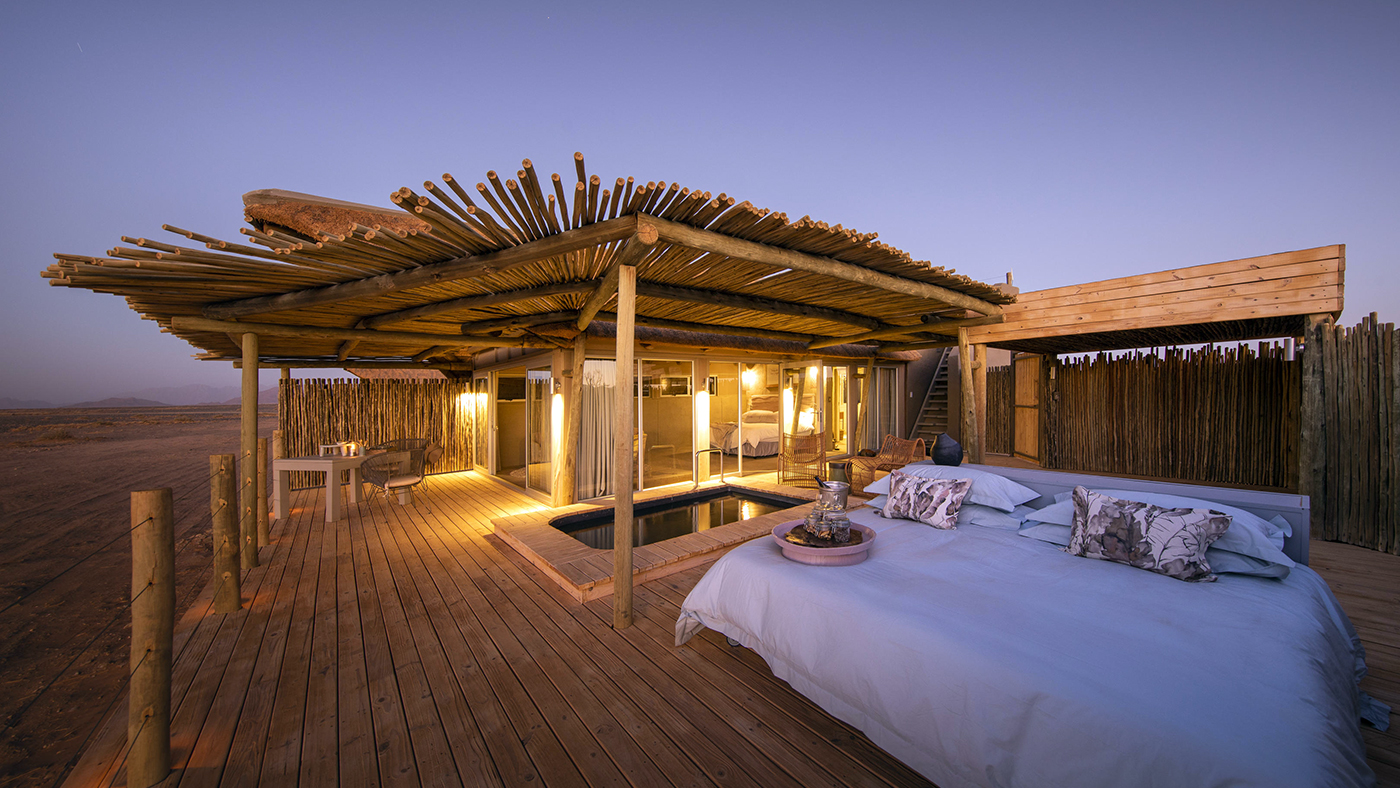
The food, as at all Wilderness Safaris lodges, is both plentiful and delicious. Meals are a la carte, served at individual tables (rather than the communal dining experience favoured at some camps), with two or three options for each course. Both local and international flavours contribute to a wide range of game, meat, fish and vegetarian dishes.
When to go
Sossusvlei is a year-round destination and activities are similar throughout – but they tend to be more pleasant during the winter months of June, July and August. Daytime temperatures average about 28C during this period, and nights can occasionally dip below freezing during, so you will need some warm clothes. Rates are lower during the summer, when temperatures often approach 40C. If you want to maximise your chances of seeing the nourishing effects of rainfall, aim for March or April – but bear in mind that it is far from guaranteed.
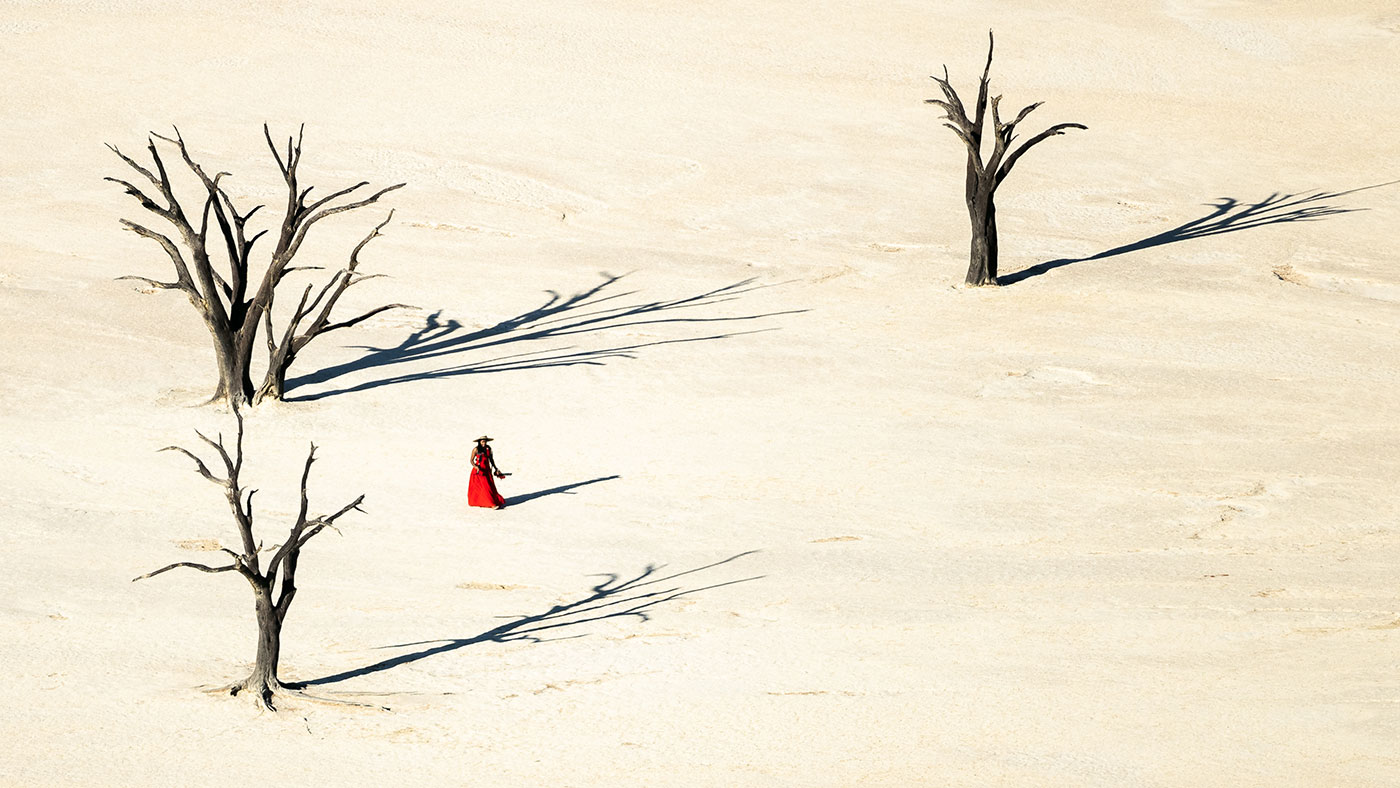
Price and booking
Little Kulala’s off-peak rates (available between January and March 2023) start from about £575 per person per night, based on two-people sharing. The room rate includes meals, drinks and most activities. Flights to and from the lodge are extra. The lodge is part of Wilderness Safaris’ Natural Wonders of Namibia itinerary – or can be included in a tailor-made trip. Contact Wilderness Safaris for more information. Flights to Windhoek are available from about £700 with Lufthansa (via Frankfurt) or Qatar Airways (via Doha).
Holden Frith is The Week’s digital director. He also makes regular appearances on “The Week Unwrapped”, speaking about subjects as diverse as vaccine development and bionic bomb-sniffing locusts. He joined The Week in 2013, spending five years editing the magazine’s website. Before that, he was deputy digital editor at The Sunday Times. He has also been TheTimes.co.uk’s technology editor and the launch editor of Wired magazine’s UK website. Holden has worked in journalism for nearly two decades, having started his professional career while completing an English literature degree at Cambridge University. He followed that with a master’s degree in journalism from Northwestern University in Chicago. A keen photographer, he also writes travel features whenever he gets the chance.
-
 What is Roomba’s legacy after bankruptcy?
What is Roomba’s legacy after bankruptcy?In the Spotlight Tariffs and cheaper rivals have displaced the innovative robot company
-
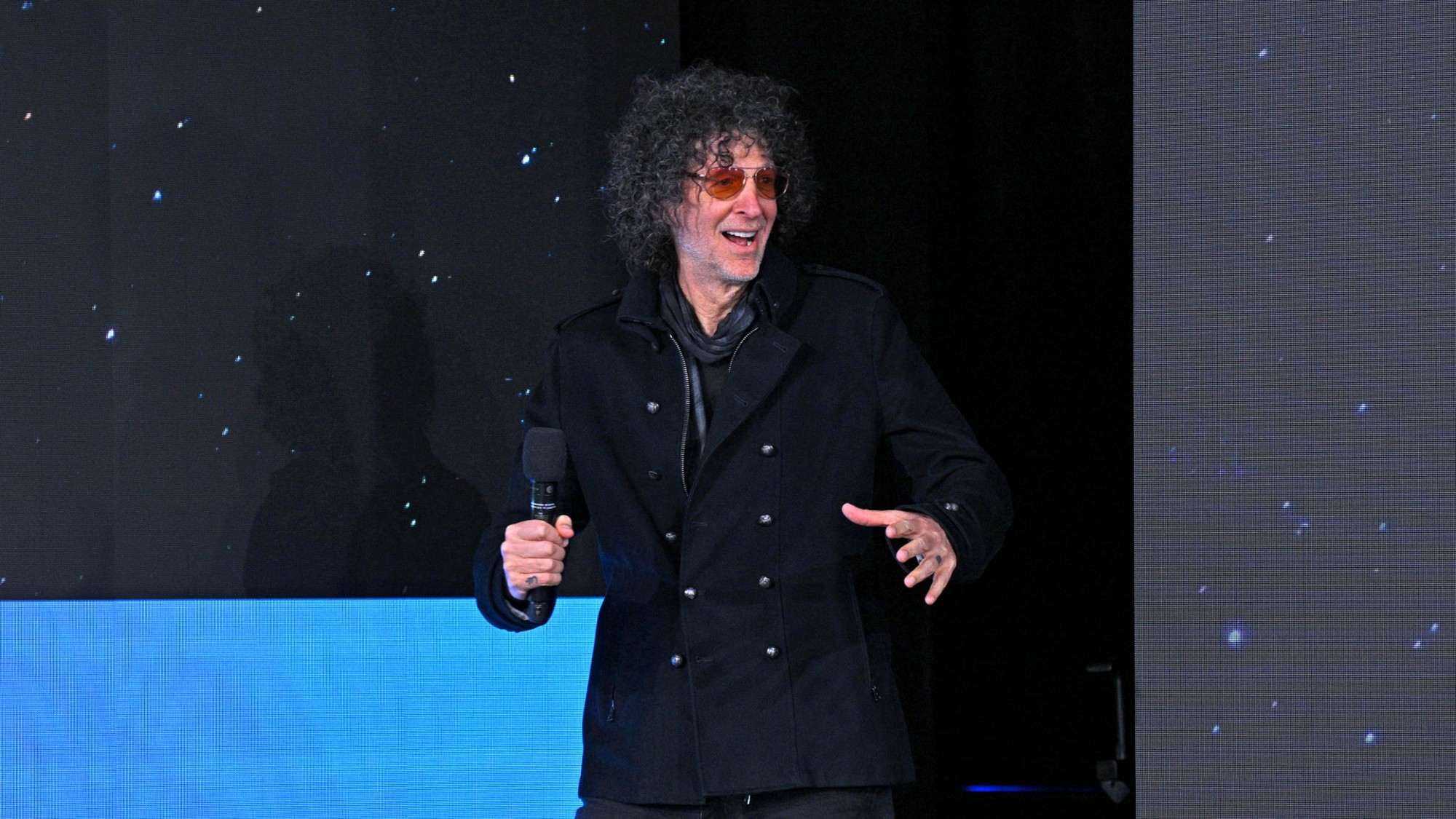 SiriusXM hopes a new Howard Stern deal can turn its fortunes around
SiriusXM hopes a new Howard Stern deal can turn its fortunes aroundThe Explainer The company has been steadily losing subscribers
-
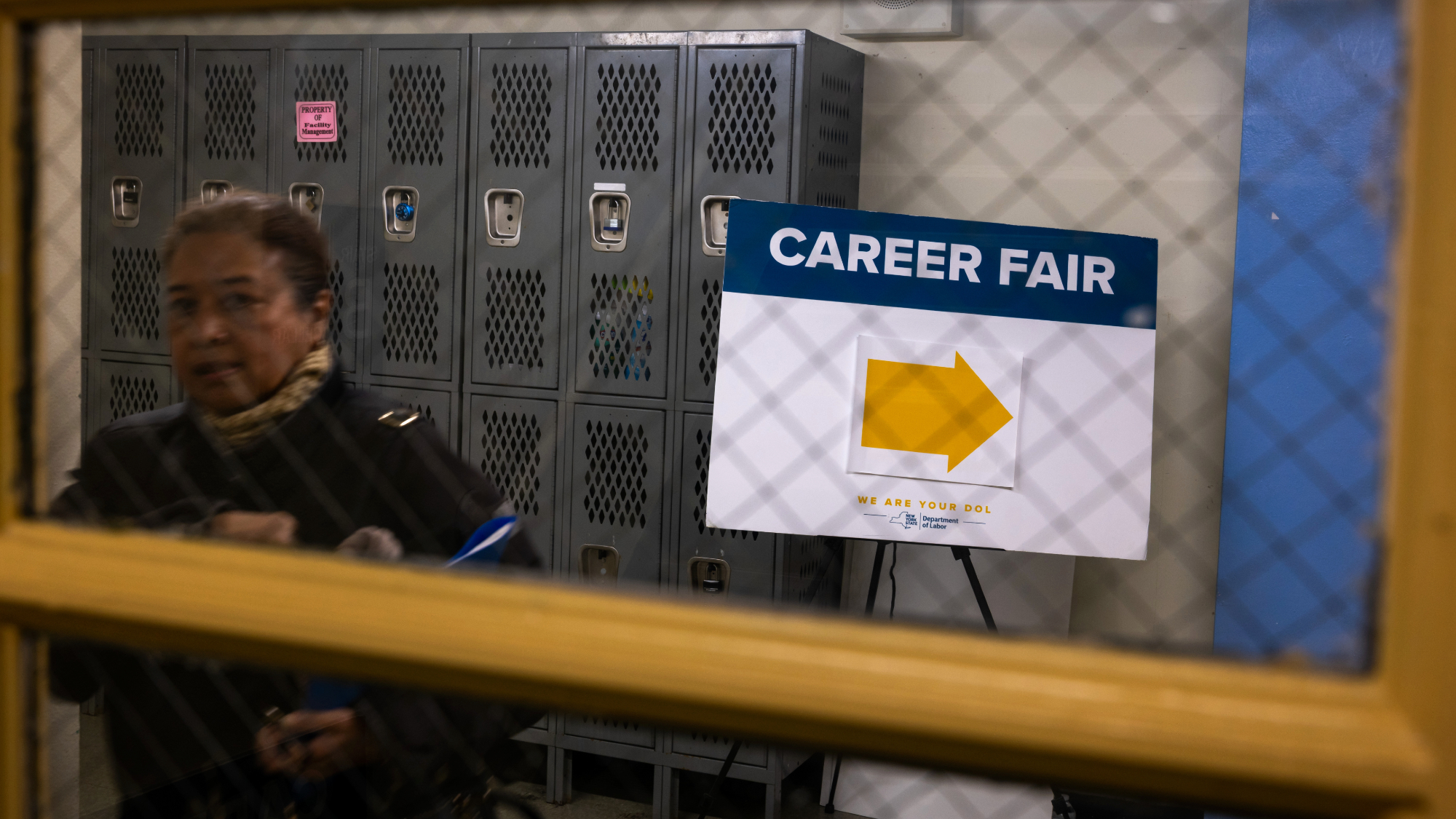 Unemployment rate ticks up amid fall job losses
Unemployment rate ticks up amid fall job lossesSpeed Read Data released by the Commerce Department indicates ‘one of the weakest American labor markets in years’
-
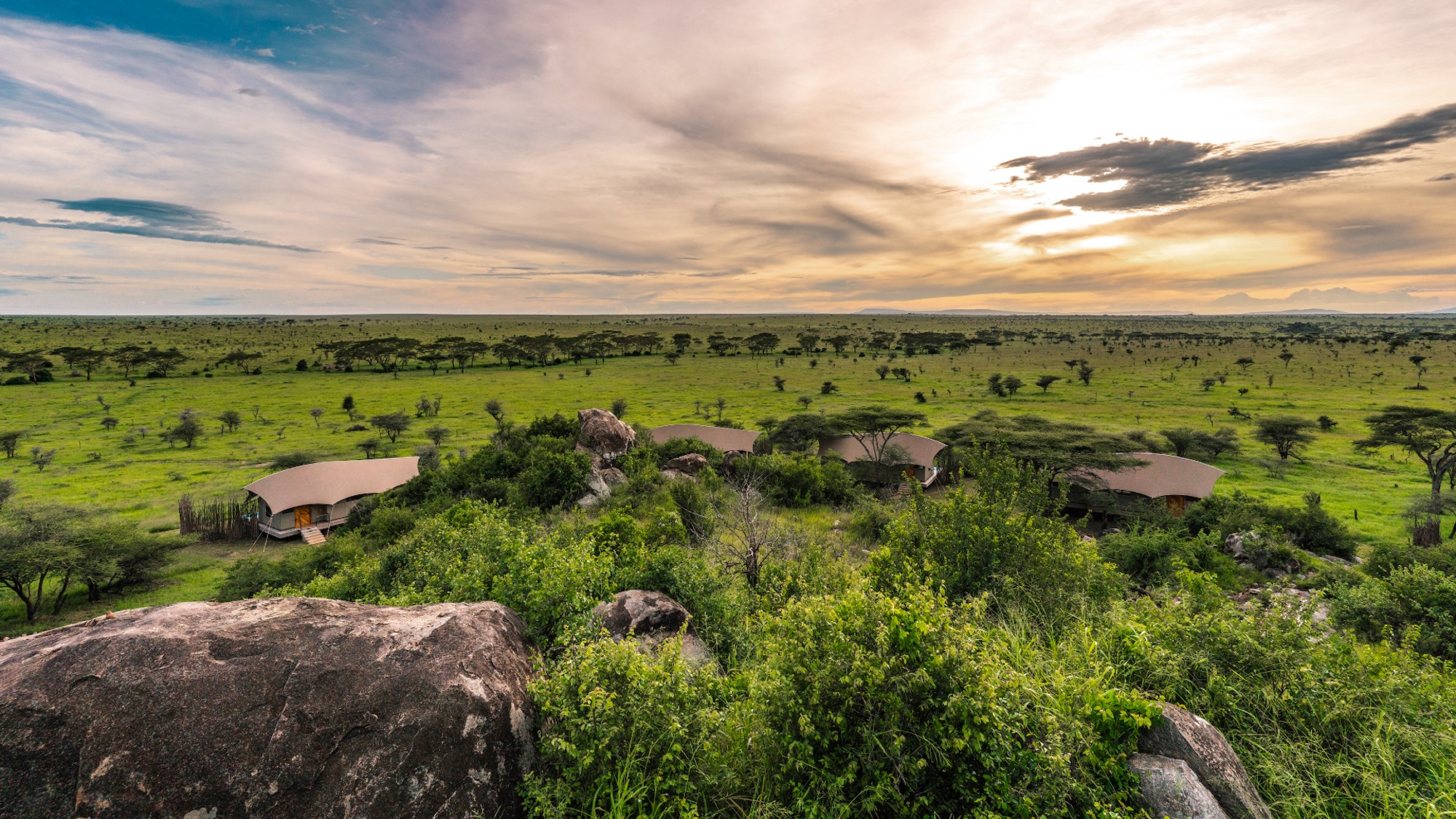 Experience Tanzania’s untamed wilderness from Lemala’s luxury lodges
Experience Tanzania’s untamed wilderness from Lemala’s luxury lodgesThe Week Recommends The vast protected landscapes are transformed into a verdant paradise during ‘emerald season’
-
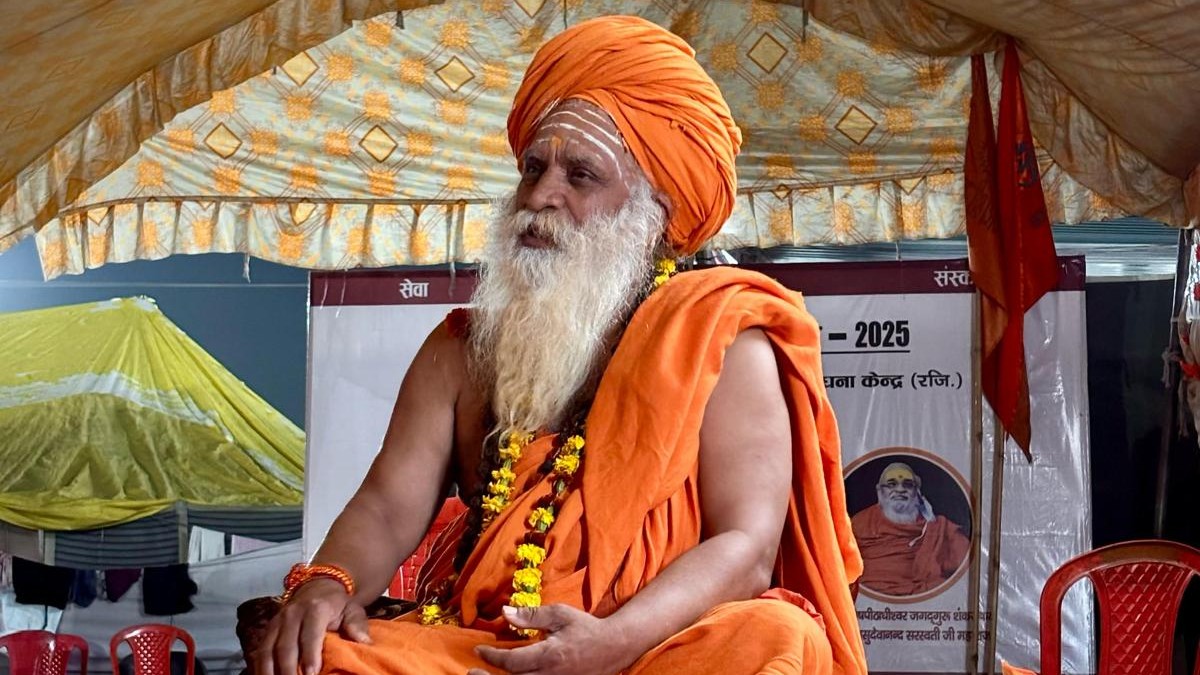 Uttar Pradesh: from a once-in-a-generation festival to tiger tracking in an ancient forest
Uttar Pradesh: from a once-in-a-generation festival to tiger tracking in an ancient forestThe Week Recommends Soak up the state's rich culture on one of Explorations Company's specially curated tours
-
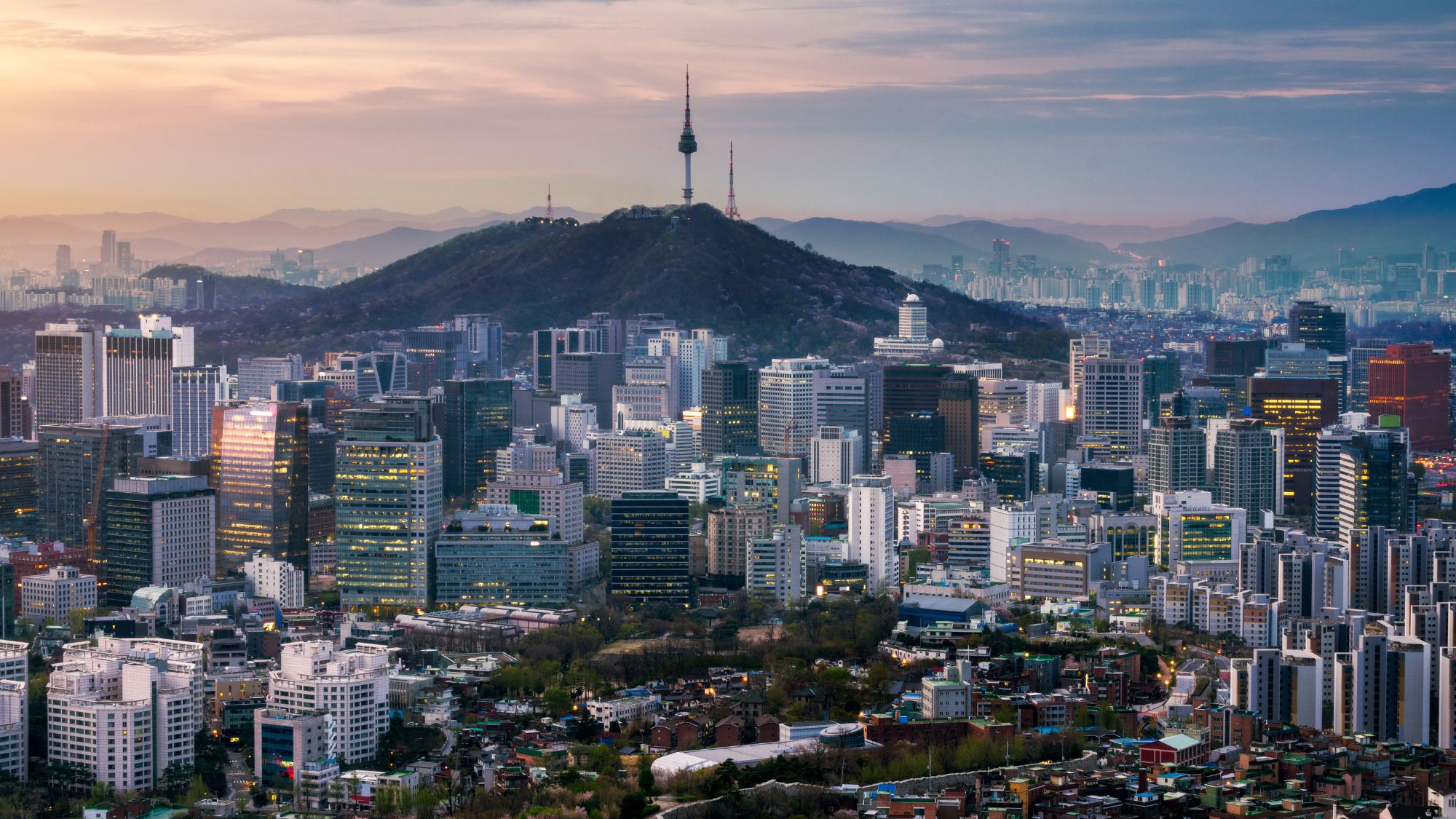 South Korea highlights: ancient history meets modern culture
South Korea highlights: ancient history meets modern cultureThe Week Recommends From the bright lights of Seoul to Busan's beaches and the 'living museum' of Gyeongju, this tour offers a taste of a unique heritage
-
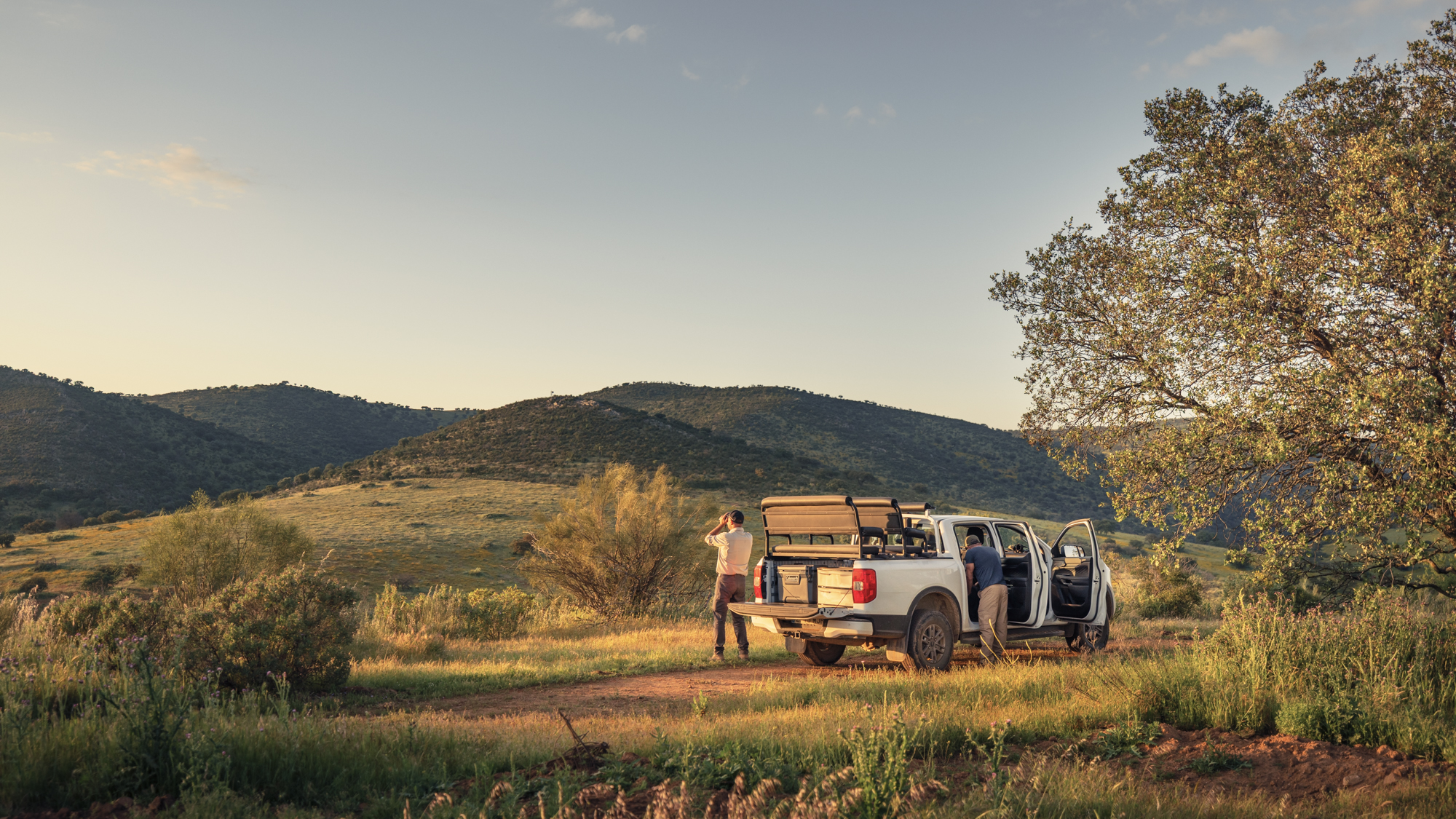 On the trail of the Iberian lynx
On the trail of the Iberian lynxThe Week Recommends Explore the culture, food – and wildlife – of Extremadura on this stunning Spanish safari
-
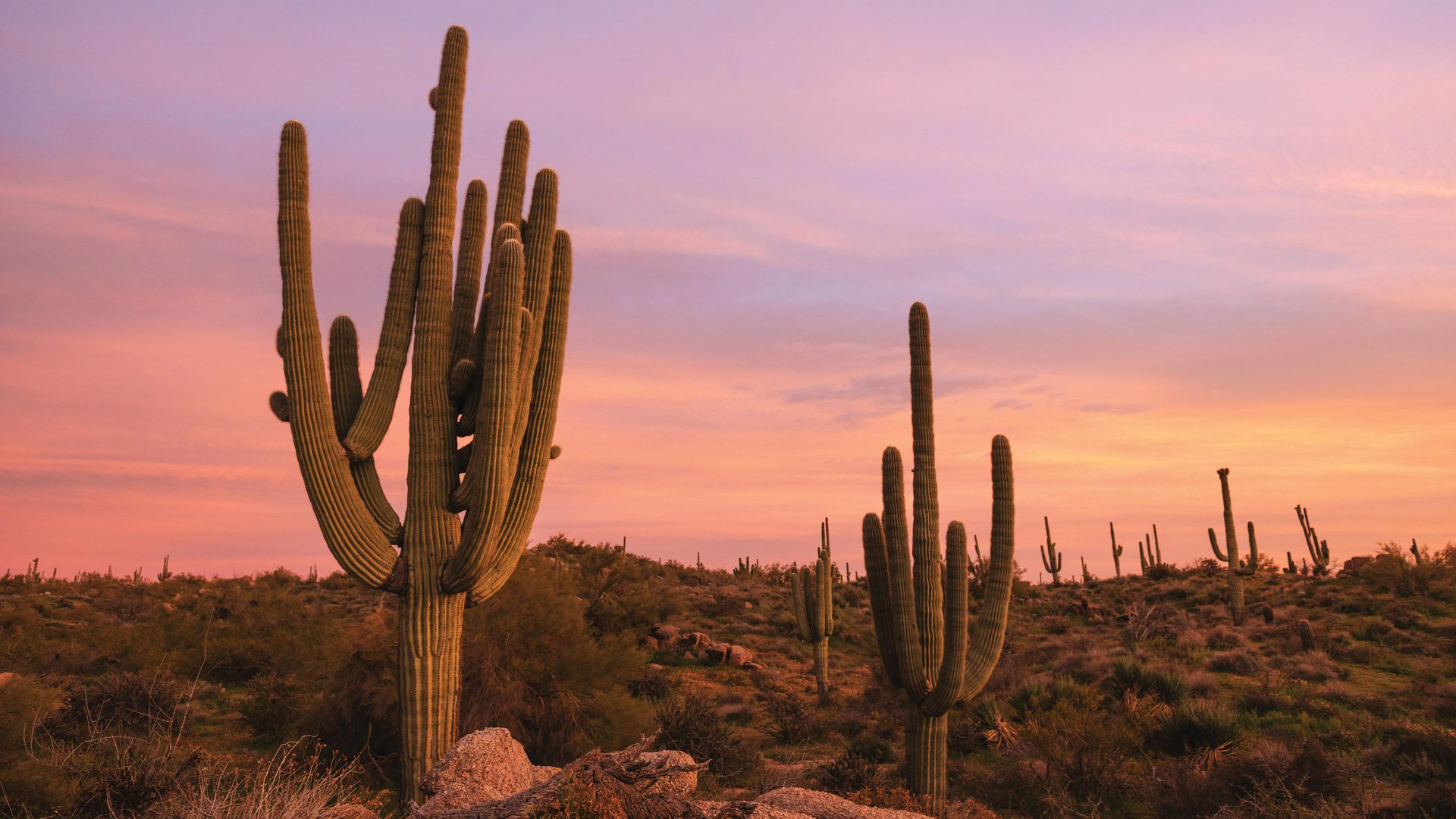 Desert wellness in Scottsdale: the best of Arizona's Old West
Desert wellness in Scottsdale: the best of Arizona's Old WestThe Week Recommends Boost body, mind and soul in this hub of healthy living
-
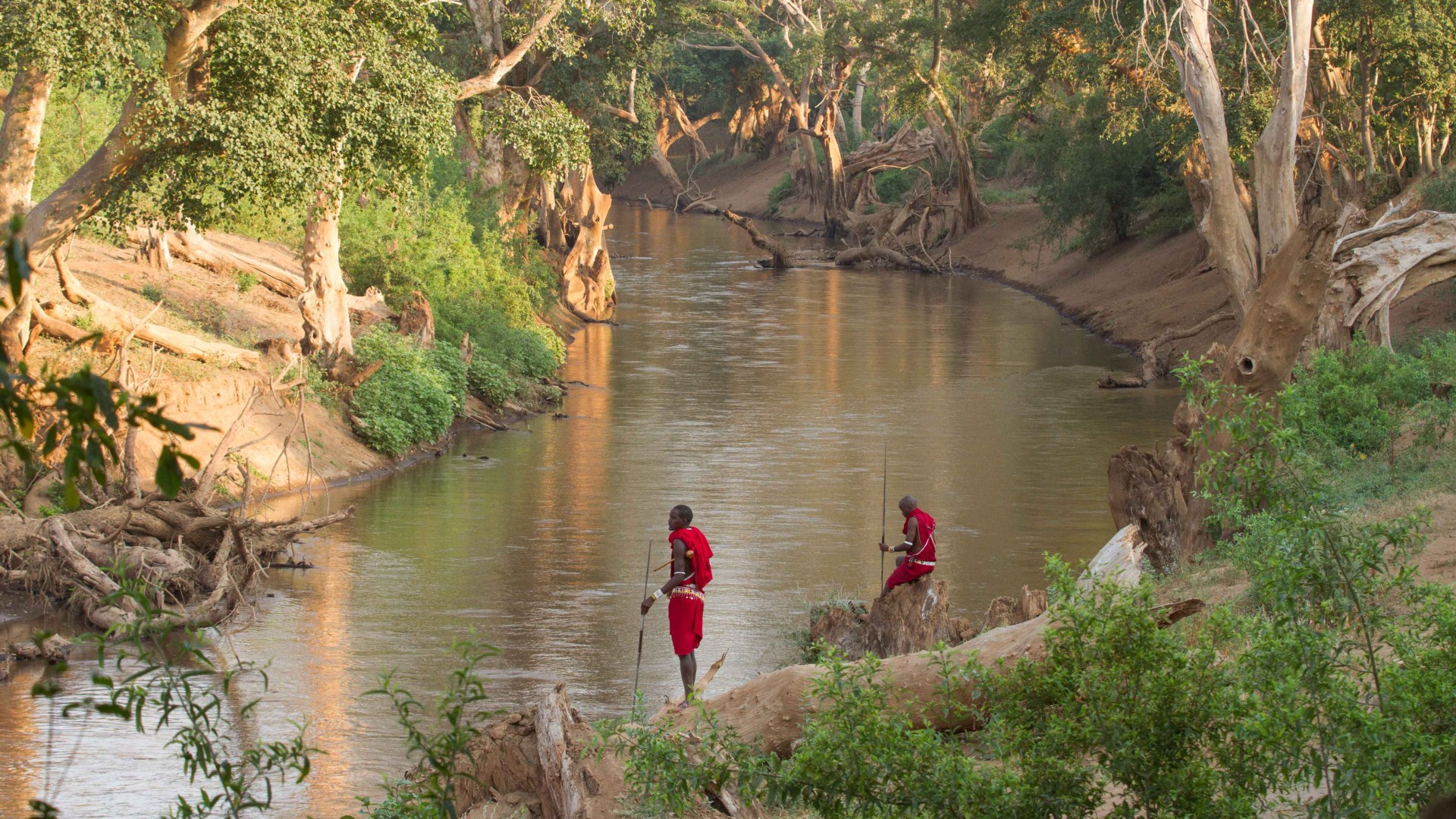 Shompole Wilderness Camp: immerse yourself in nature at this secluded retreat
Shompole Wilderness Camp: immerse yourself in nature at this secluded retreatThe Week Recommends This luxurious family-run camp in southern Kenya has access to more than 350,000 acres of pristine savannah
-
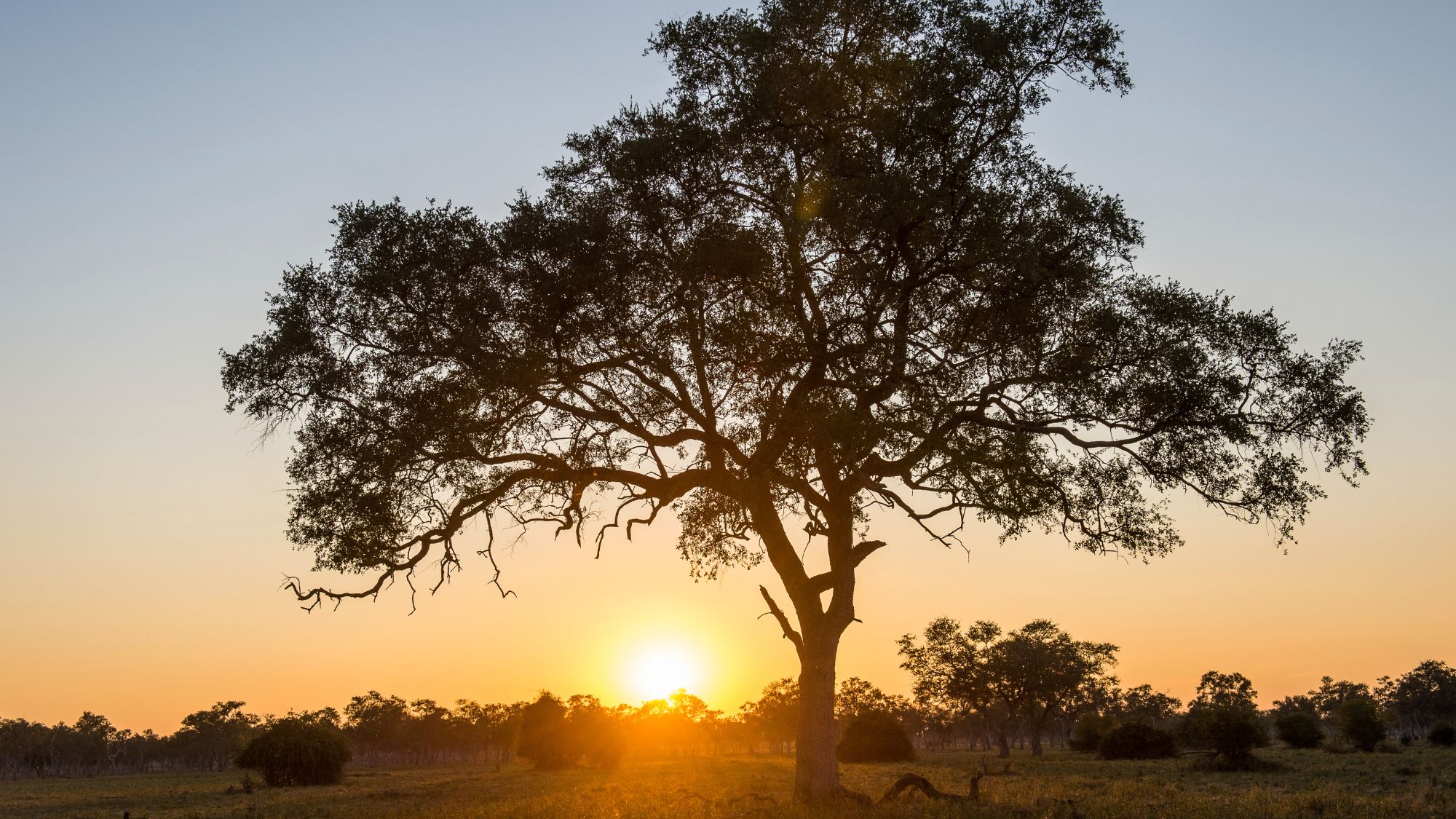 A horseback safari in the wilds of Zambia
A horseback safari in the wilds of ZambiaThe Week Recommends Unforgettable trip offers chance to see wildlife and experience local villages
-
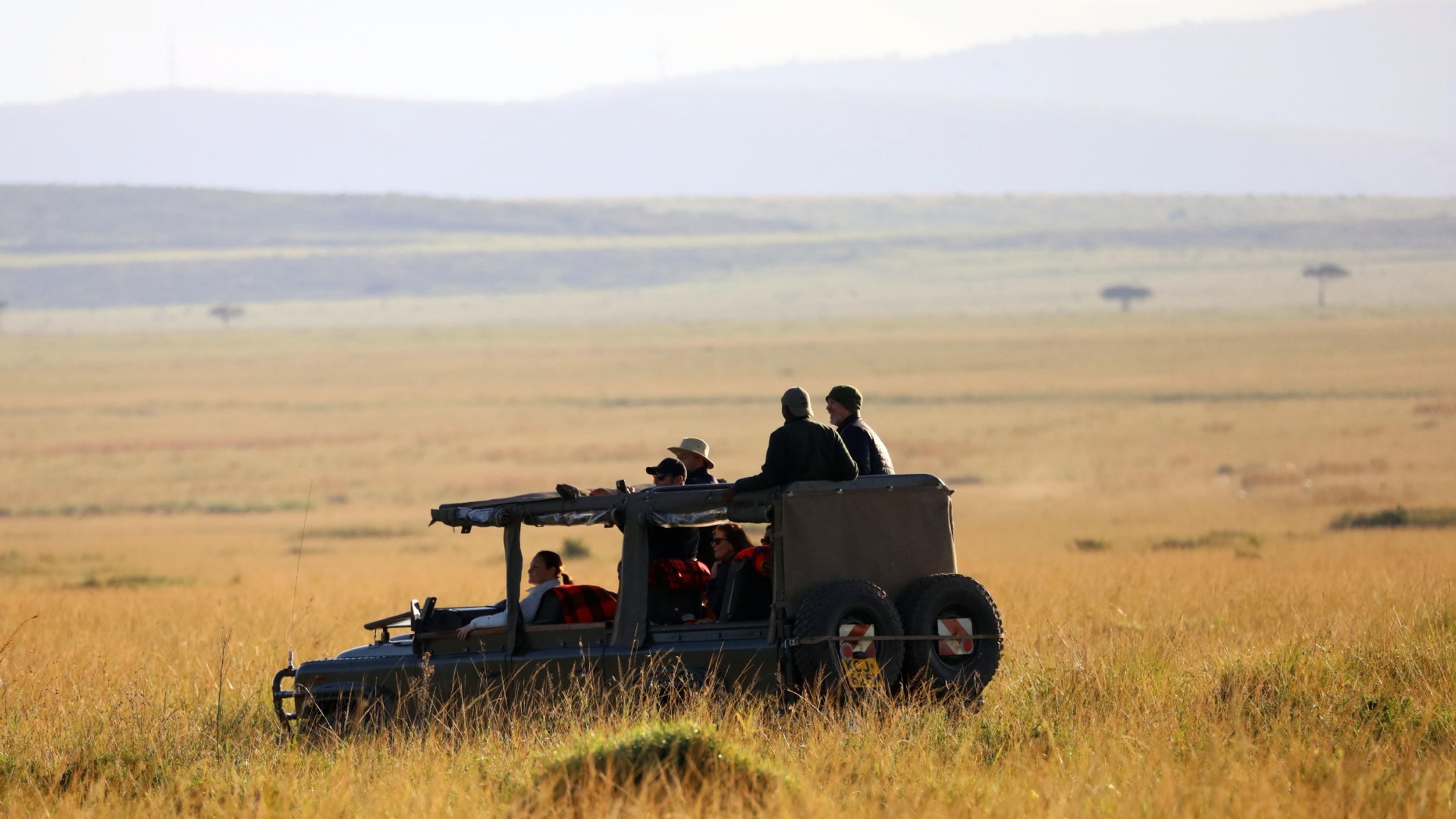 Roca River Camp: home from home in the wild Maasai Mara
Roca River Camp: home from home in the wild Maasai MaraThe Week Recommends This luxurious camp's expert guides all but guarantee front row seats to the savannah's most majestic spectacles